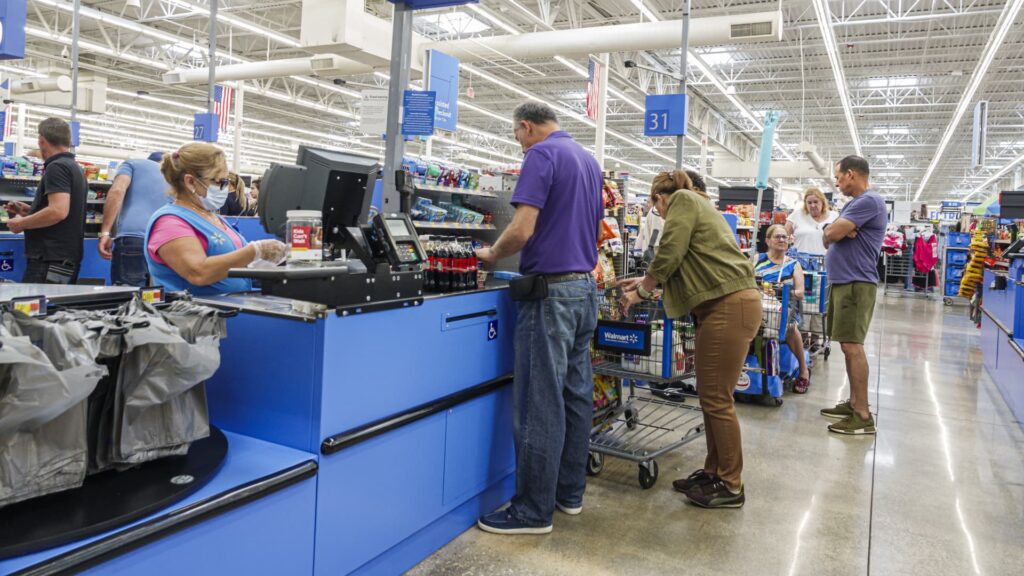
Hispanic shoppers are spending less on groceries, pressuring companies
Hispanic Consumer Spending Trends: Impact on US Grocery Market and Major Brands
Major consumer brands are reporting a significant shift in Hispanic consumer spending patterns, with notable declines across various product categories. This trend is particularly impacting the grocery sector, where Hispanic Americans have traditionally shown higher spending patterns compared to non-Hispanic consumers.
Market Size and Economic Significance
The Hispanic consumer market represents a crucial segment of the U.S. economy, with the Latino Donor Collaborative reporting a remarkable $3.6 trillion economic output in 2022, up from $3.2 trillion the previous year. Making up one-fifth of the U.S. population, Hispanic Americans are now the second-largest demographic group and demonstrate significant purchasing power in the consumer packaged goods sector.
Key Market Statistics
- Hispanic population: 20% of U.S. total
- Economic output: $3.6 trillion (2022)
- Growth: $400 billion increase from previous year
- Market position: Second-largest demographic group
- Spending pattern: Higher per-capita CPG spending vs. non-Hispanic consumers
Impact on Major Brands
Leading companies across various sectors are experiencing the effects of this spending shift. Beverage giants like Coca-Cola and Constellation Brands, along with consumer goods companies such as Colgate-Palmolive, are reporting noticeable declines in sales from Hispanic consumers. This trend is particularly evident in social gathering-related purchases and everyday household items.
Sector-Specific Effects
- Beverage Industry: Reduced social gathering purchases affecting beer sales
- Consumer Goods: Decreased spending on household essentials
- Grocery: Lower trip frequency and reduced spend per visit
- Retail: Varying impact across different store categories
Economic and Policy Factors
The spending pullback appears to be influenced by multiple factors, including broader economic concerns and policy-related uncertainties. The Latino unemployment rate has increased to 5.2% in April, while consumer confidence metrics show significant variations in purchase intent among Hispanic consumers.
Contributing Factors
Several key elements are driving this shift in consumer behavior:
- Employment concerns in industries with high Latino representation
- Reduced social gatherings impacting certain product categories
- Changes in shopping patterns and frequency
- Overall economic uncertainty affecting consumer confidence
Corporate Response and Adaptation
Companies are actively adjusting their strategies to address this market shift. While some major retailers like Walmart report minimal impact, others are implementing targeted approaches to reconnect with Hispanic consumers. These efforts include specialized marketing campaigns, product adaptations, and enhanced community engagement initiatives.
Future Outlook
As companies navigate these changing market dynamics, the focus remains on understanding and adapting to evolving Hispanic consumer needs. The significant economic contribution of this demographic segment suggests that current spending patterns may be temporary, influenced by broader economic and policy factors rather than fundamental changes in consumer preferences.
Published on May 6, 2025






